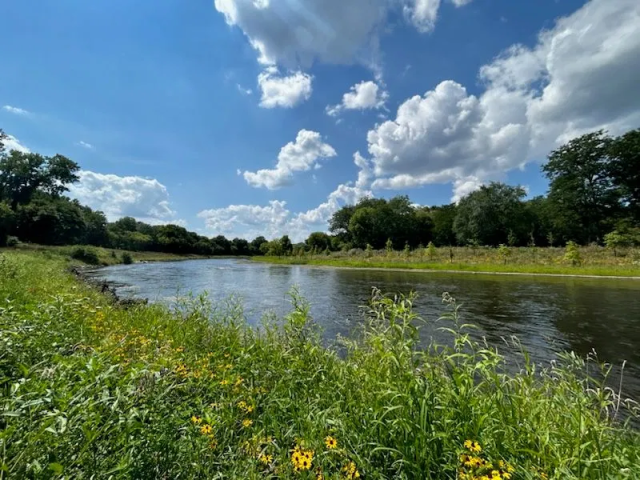Kalamazoo River Transformed Through Major Restoration Effort

A decades-long effort to remove the Plainwell Dam and restore a section of the Kalamazoo River has been completed, transforming nearly a mile of river and surrounding habitat into a free-flowing ecosystem. The $7 million project led by the Michigan Department of Natural Resources restored 0.8 miles of river channel, stabilized more than a mile of riverbank, created 15 acres of native riparian habitat, and expanded the floodplain by six acres to reduce downstream flooding. Over 325 rootwads were placed to protect banks and create habitat for fish and wildlife.
Once heavily impacted by PCBs from paper mills and blocked by outdated dam structures, this stretch of the river is now showing early signs of ecological recovery, with increased sightings of smallmouth bass, turtles, osprey, and nesting bald eagles. The Kalamazoo River was designated an Area of Concern in 1987 due to industrial pollution from multiple paper mills and recycling facilities. The Plainwell Dam, once key to local industry, had also been a major ecological barrier.
Funding came from the Great Lakes Restoration Initiative, Kalamazoo River Natural Resource Damage Trustees, the Michigan DNR, and U.S. EPA Superfund responsible parties. Officials hope the restored river will provide long-term benefits for wildlife, recreation, and the surrounding community.
Read the full story on News Channel 3 WWMT TV.
